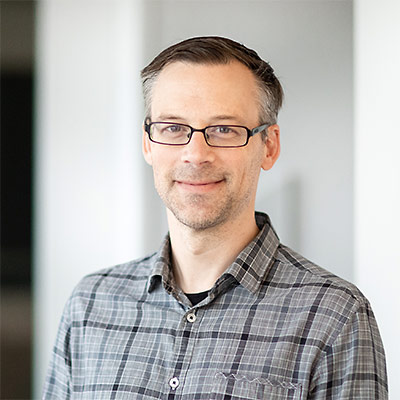“Did Gender Matter During the Holocaust?” by Marion Kaplan (Skirball Professor of Modern Jewish History, New York University), 2018-2019 Sara and Asa Shapiro Scholar in Residence, April 11, 2019 (lecture summary)
Professor Marion Kaplan, 2018-2019 Sara and Asa Shapiro Scholar in Residence at the USC Shoah Foundation Center for Advanced Genocide Research, gave the annual Shapiro Scholar public lecture on gender and the Holocaust.
